- Blog
- About
- Articles
-
Places to visit
- Afife
- Águeda
- Albufeira
- Aljezur
- Almourol
- Alvor
- Amarante
- Arrifana
- Aveiro
- Azenhas do Mar
- Berlenga Grande Island
- Braga
- Caminha
- Cascais
- Castelo Branco
- Coimbra
- Condeixa-a-Nova
- Covilhã
- Douro Valley
- Ericeira
- Espinho
- Évora
- Fátima
- Figueira
- Figueira da Foz
- Funchal, Madeira
- Gondomar
- Guimarães
- Lagoa Comprida
- Lagos
- Leça da Palmeira – Vila do Conde
- Leiria
- Lindoso
- Lisbon
- Loriga
- Manteigas
- Marvão
- Miramar
- Monção
- Monsanto
- Montemor-o-Velho
- Nazaré
- Óbidos
- Peneda-Gerês National Park
- Peniche
- Piódão
- Ponta Delgada, São Miguel Island (Azores)
- Ponte da Barca
- Ponte de Lima
- Portimão
- Porto
- Praia da Costa Nova
- Praia da Ribeira do Cavalo
- Praia da Rocha (Portimão)
- Praia de São Julião
- Rota Vicentina
- Sagres
- Sandomil
- Santa Maria da Feira
- Seia
- Serra da Estrela
- Sesimbra
- Sintra
- Sintra-Cascais Natural Park
- Soajo
- Tomar
- Valença
- Valongo
- Viana do Castelo
- Videos
- Facts
- Press
- Contact
|
You might have heard that Madonna has a thing for Portugal, so much so that she moved there. While Mads flies the A-list flag, the country has in fact drawn many a celeb to its shores. And there’s a little pocket where they all love to hang – Comporta, around a 90-minute drive south of Lisbon.
Why Comporta, you ask?
1 Comment
I’m not much of a souvenir collector when I travel, but something I’ve found to become a cherished keepsake is jewellery. It’s lighter on the suitcase compared to furniture or ceramics, and much less useless than a snow dome or bottle opener (I’ve found zero of the former and just one of the latter sufficient for everyday living). So, to let you in on Portugal’s precious treasures, I’ll introduce you to the wonderful world of filigree. If you follow me on social media (which you should, *wink wink* – here’s my Insta and Facebook), you may have seen my article flying around on Virgin Australia planes this month in the Voyeur inflight magazine. It’s about how Porto’s food scene is evolving, while simultaneously staying the same. Let me explain. Essentially, the city’s menu is getting a shake up as a growing number of tourists and an increasingly well-travelled pool of locals ping pong supply and demand. But centuries’ worth of tradition doesn’t evaporate overnight, meaning the new kids on the block are slotting between tried and true examples of regional cuisine (for now, anyway). When considering the food scene in Porto, it may raise the question, what exactly is northern Portuguese cuisine? So I thought I’d drill it down a bit more since everyone loves reading about food, right? (surely not just me?) Having seen all the seasons pass in Portugal, I thought I’d give an overview of what to see and expect in the country as the calendar ticks over. While the ideal timing of your visit will depend on personal preferences and schedules, as someone who travels a lot, I’ve come to realise it can be nice to travel at any time of the year, even if it’s not considered ‘the’ time to go. Places can change so much month-to-month, and what you experience in June can be completely different to November. You could visit the same city in each season and have a completely different holiday. Summer is a good time to visit Portugal if you want to enjoy long, sunny days and the reassurance that attractions will be open. Of course this is also the busiest time so you’ll have to contend with larger crowds and higher prices. If throngs of people make you squirm or you’re the type who fancies breaking away from the pack, there are some lovely sights to be seen throughout the year, as you’ll soon discover. I briefly touched on Pombaline architecture in my post Who are they? Famous names on the streets of Portugal. Here I mention the style is named after a chap by the name of Sebastião José de Carvalho e Melo, who became known as the Marquês de Pombal. The Marquês de Pombal is credited for his leadership role during the rebuilding of Lisbon following the 1755 earthquake (and ensuing fire and tsunami). At the time he was the Secretary of State for Foreign Affairs, but quickly took the leading reigns after the king at the time José I, essentially curled up in a ball and prayed for it all to be over (or so the story goes). Pombal subsequently became the prime minister of Portugal.
Portugal's Manueline architectural style is named after its key influencer, King Manuel I, who served as Portugal’s head honcho from 1495-1521. This wasn’t a bad time to hold the reigns, as it was during this period that Portugal held the power of the pepper.
As you might remember from my post A brief history of Portugal, the Portuguese were incredibly influential during the Age of Discovery. Portugal’s brave seafaring souls proved it was possible to sail across the world without dropping off the end, and in a fortuitous twist, discovered you could become rather wealthy if you collected and traded spices from lands you stumbled upon along the way. Last month I had a story published in the Singapore Airlines inflight magazine, SilverKris, about Portugal’s table wines. You see, everyone seems to know about port (which you may remember from my post Interesting facts about Portugal is exclusive to Portugal, much like Champagne is exclusive to its namesake region in France). But Portugal isn’t just good at port, and has been making mighty fine table wines as far back as Roman times. While the Douro Valley is starting to make a name for itself in mainstream wine circles, the whole of Portugal is actually a patchwork of wine regions producing very diverse wines. The country has over 300 grape varieties in active production and is a master of blended wine, so you’ll rarely see single varietals such as shiraz or chardonnay. Think of Portuguese wines to be like highly sophisticated grape cocktails. Porto is known as Portugal's second city and is located in the north of the country. It has a very different look and feel to Lisbon – so you should definitely visit both – and is positioned on the bank of the beautiful Douro River (if you follow me on Instagram you may have seen my recent Insta story for @LonelyPlanet about the Douro :-)). While Porto is traditionally an industrial city (hence the name, given Porto means 'port'), it is now an uber popular travel destination and has enough going on to keep you occupied for days (I'd recommend staying at least three days, if not more). This post will guide you to some of the best places to visit in Porto. Given the world-famous big waves of Nazaré are descending with the turn of the new year (they tend to start pumping from around November), I thought I'd repost an article I wrote about this delightful beach town, which has so much more than just monster surf. Want to know where to eat, what to do and where to stay in Lisbon? Then read my post for the Peregrine Adventures blog (part of the Intrepid Group), which outlines five of Lisbon's coolest neighbourhoods. |
AboutThe Portugal Wire is the blog of Australian travel writer, copywriter and photographer Emily McAuliffe. Previous postsThings you might not know about Portugal A brief history of Portugal Who was the first person to sail around the world? (Hint: he was Portuguese ... and then he wasn't) A quick overview of Portugal's economy 25 April: a shared day in history for Australia and Portugal Portugal's bridges: go big or go home Portugal and Spain: same same but different? Interesting facts about Porto Traditional Portuguese food: what to eat and drink in Portugal Who are they? Famous names on the streets of Portugal Interesting facts about Lisbon Uncovering Porto's secret gardens Lonely Planet Instagram takeover: sharing some of my favourite hidden spots in Portugal In the news... my feature in Portugal's national newspaper Diário de Notícias On board the Presidential train in Portugal's Douro Valley When the lion mauled the eagle (Porto) Kicking design goals: Cristiano Ronaldo & Pestana's CR7 hotels Lovely Lisbon: my top picks of where to eat, drink, visit and stay in Portugal's capital city Porto street art: fighting the good fight The best places to visit in Lisbon: 5 of my favourite neighbourhoods Big waves in Nazaré: my favourite beach town in Portugal Best things to do in Porto Portuguese wine: yes, the wines of Portugal extend far beyond port Portuguese architecture Part I: Manueline style Portuguese architecture Part II: Pombaline style When is the best time to visit Portugal? Food to try in Porto: northern Portuguese cuisine explained Filigree designs: the beauty behind traditional Portuguese jewellery Archive
December 2019
Categories
All
|
THE PORTUGAL WIRE
Portugal travel blog of Australian writer and photographer
Emily McAuliffe
Emily McAuliffe
- Blog
- About
- Articles
-
Places to visit
- Afife
- Águeda
- Albufeira
- Aljezur
- Almourol
- Alvor
- Amarante
- Arrifana
- Aveiro
- Azenhas do Mar
- Berlenga Grande Island
- Braga
- Caminha
- Cascais
- Castelo Branco
- Coimbra
- Condeixa-a-Nova
- Covilhã
- Douro Valley
- Ericeira
- Espinho
- Évora
- Fátima
- Figueira
- Figueira da Foz
- Funchal, Madeira
- Gondomar
- Guimarães
- Lagoa Comprida
- Lagos
- Leça da Palmeira – Vila do Conde
- Leiria
- Lindoso
- Lisbon
- Loriga
- Manteigas
- Marvão
- Miramar
- Monção
- Monsanto
- Montemor-o-Velho
- Nazaré
- Óbidos
- Peneda-Gerês National Park
- Peniche
- Piódão
- Ponta Delgada, São Miguel Island (Azores)
- Ponte da Barca
- Ponte de Lima
- Portimão
- Porto
- Praia da Costa Nova
- Praia da Ribeira do Cavalo
- Praia da Rocha (Portimão)
- Praia de São Julião
- Rota Vicentina
- Sagres
- Sandomil
- Santa Maria da Feira
- Seia
- Serra da Estrela
- Sesimbra
- Sintra
- Sintra-Cascais Natural Park
- Soajo
- Tomar
- Valença
- Valongo
- Viana do Castelo
- Videos
- Facts
- Press
- Contact


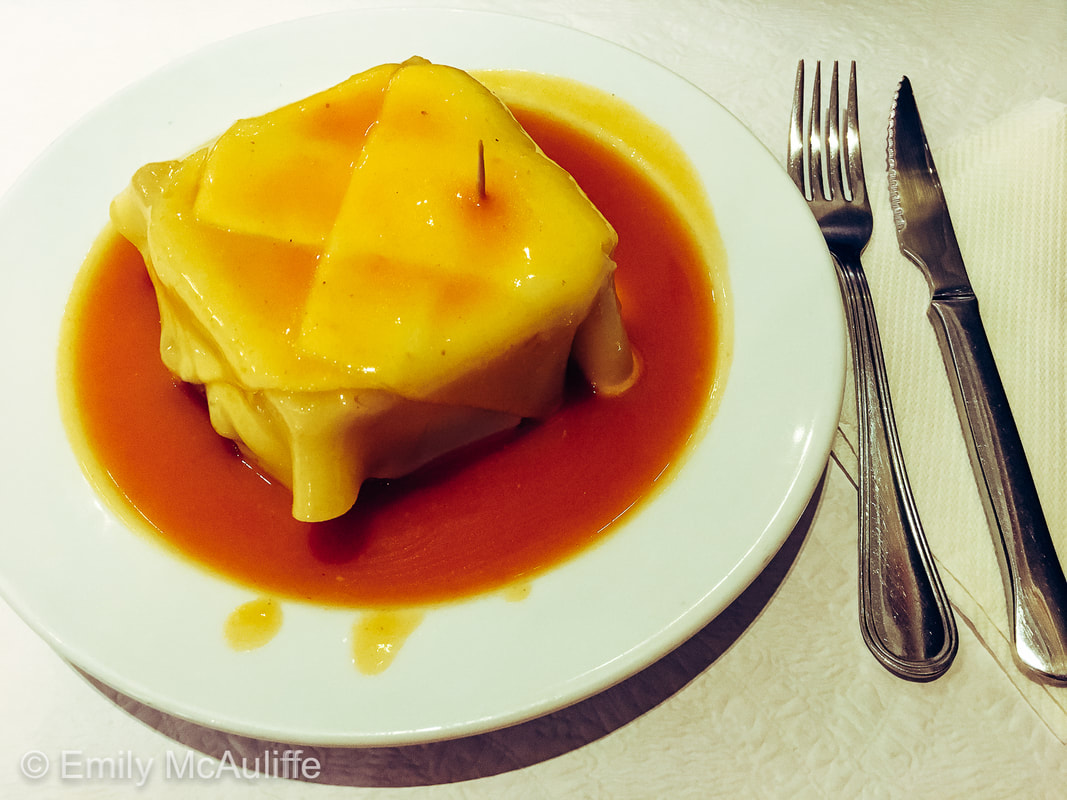
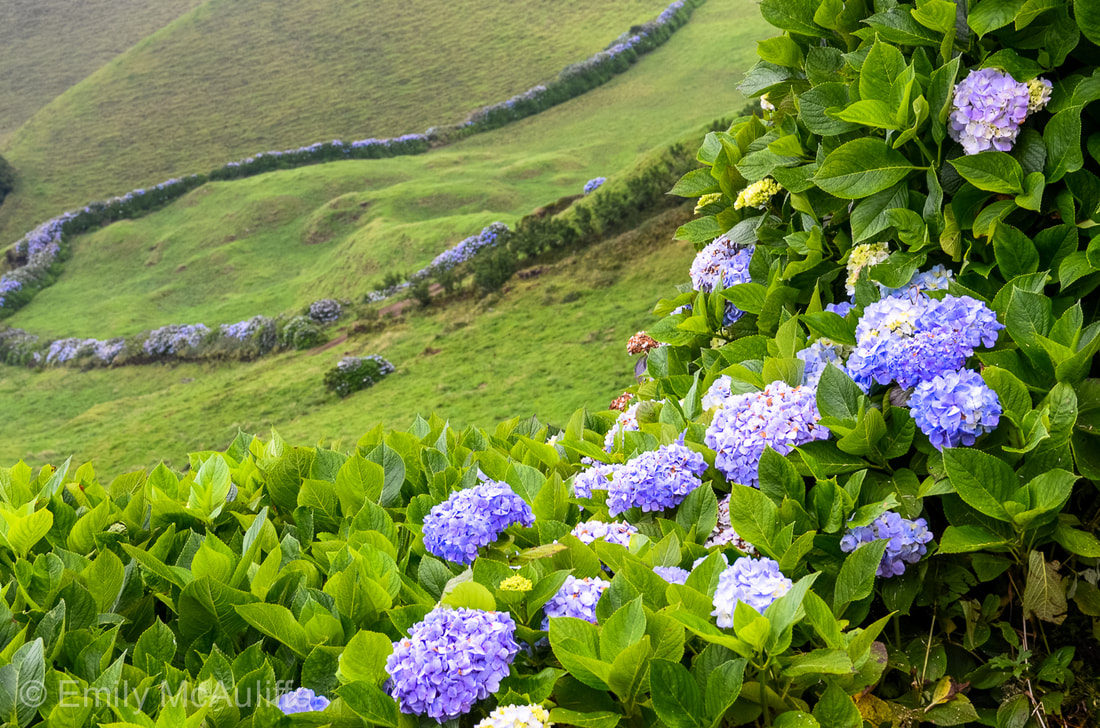
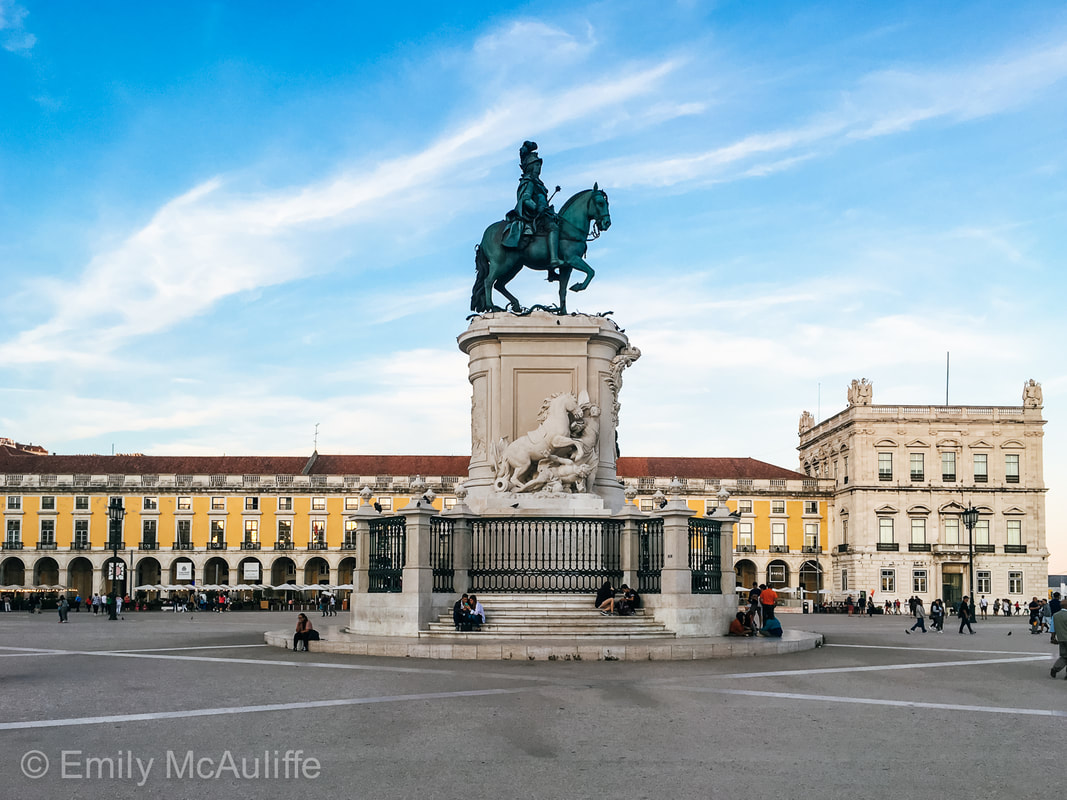
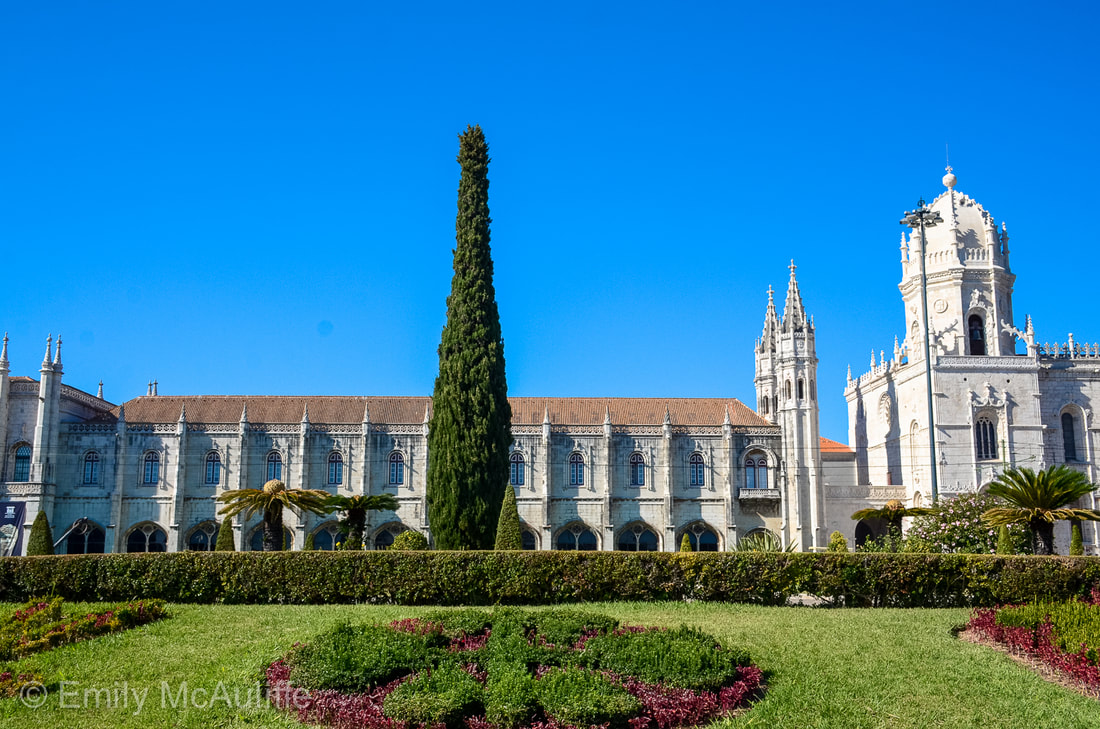
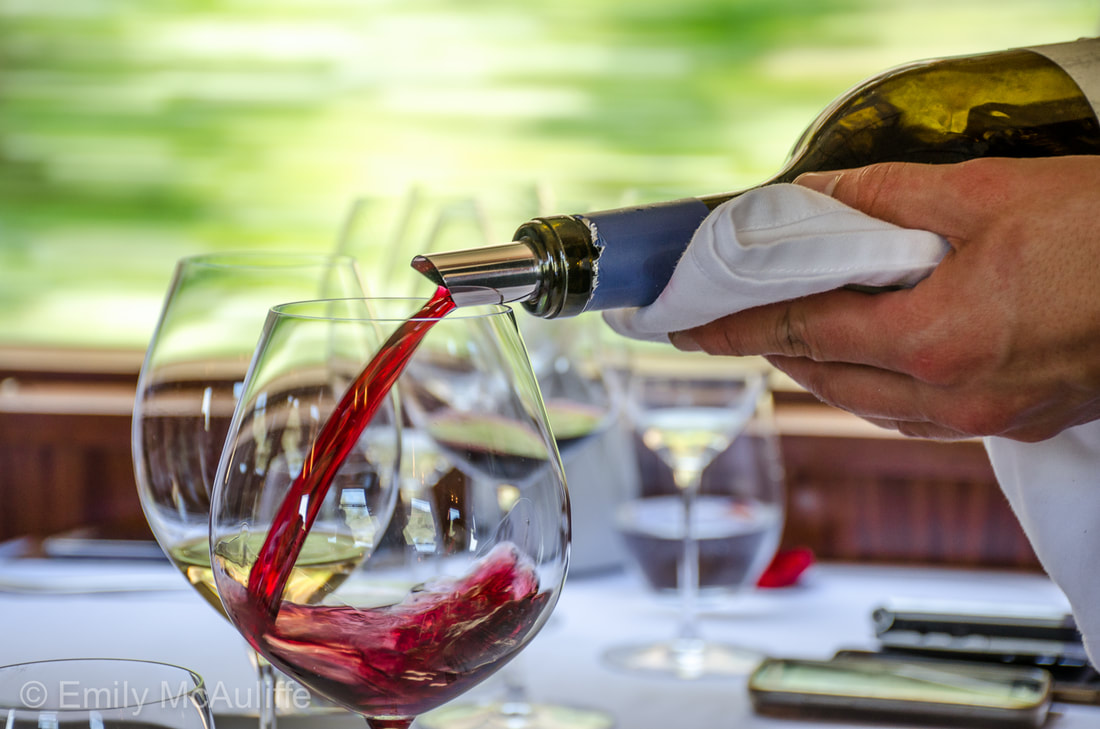
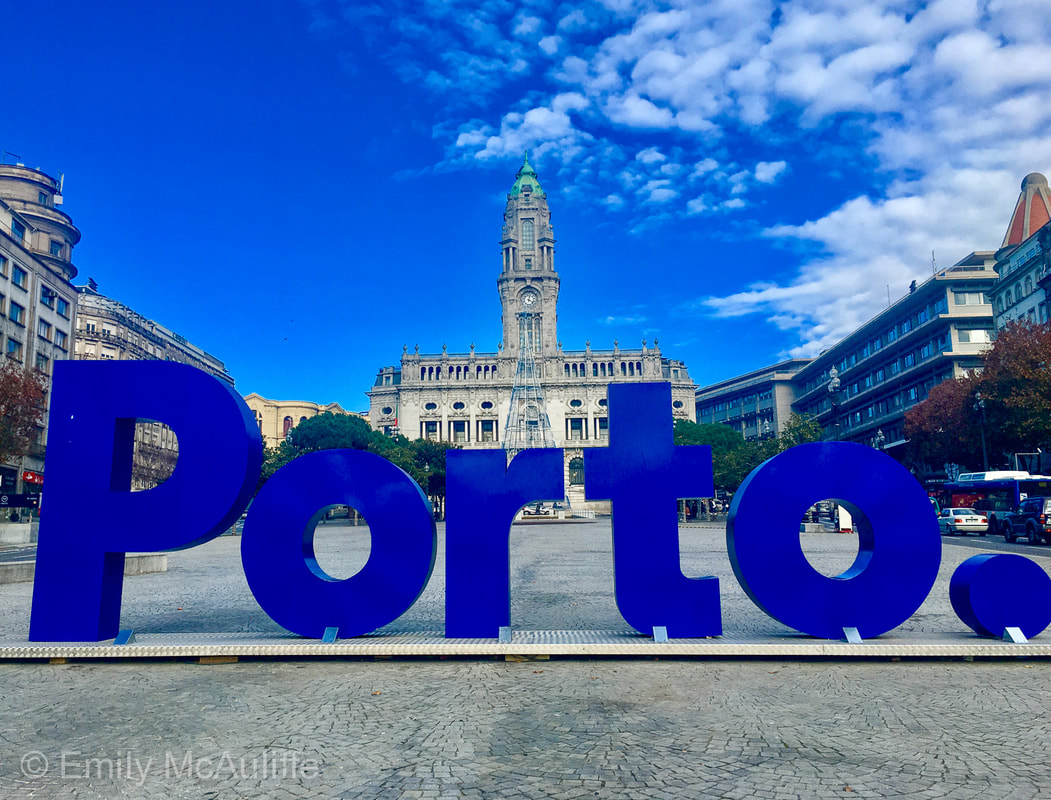
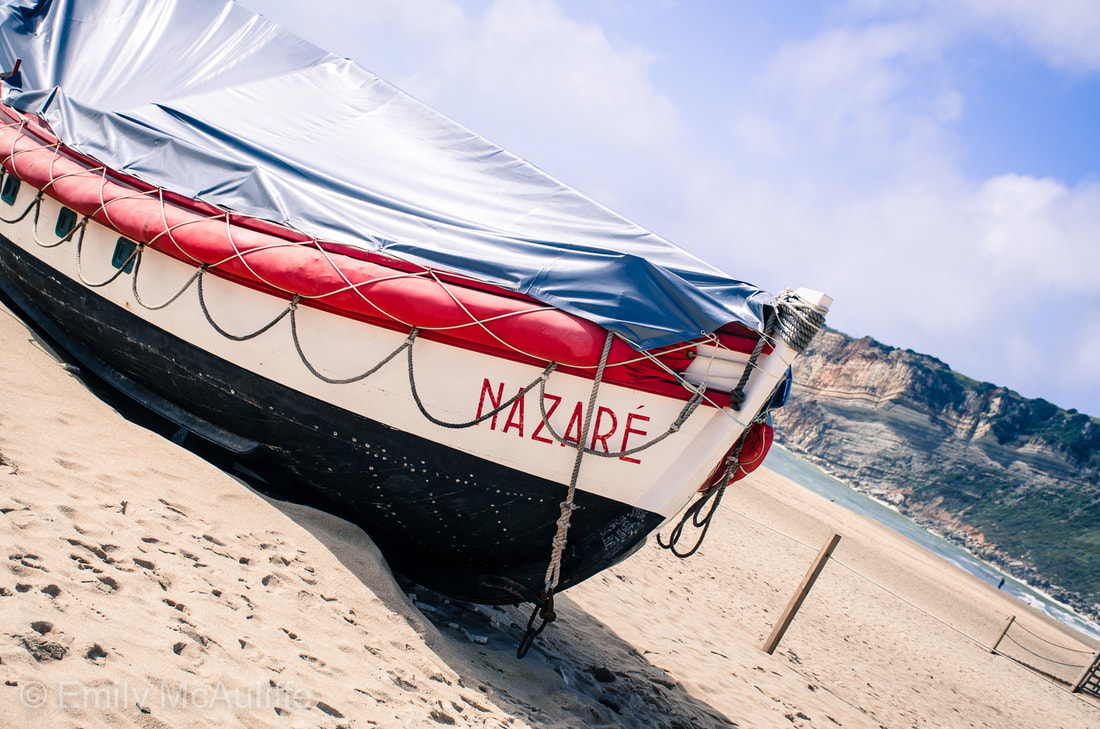



 RSS Feed
RSS Feed